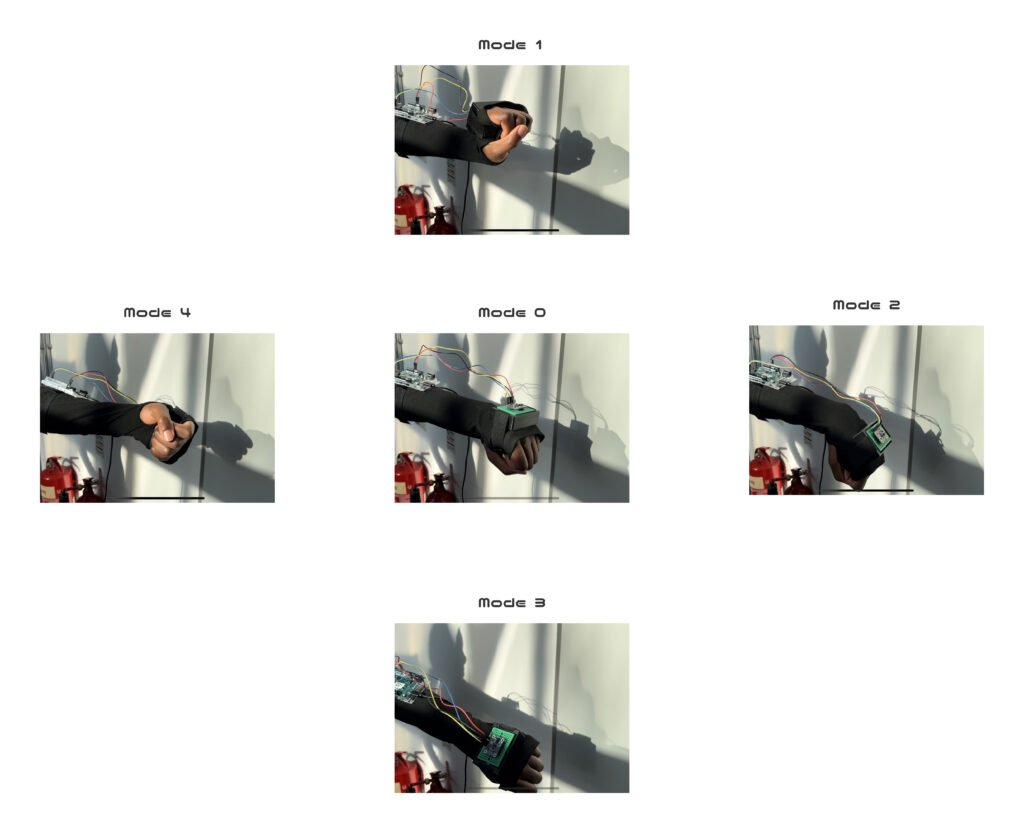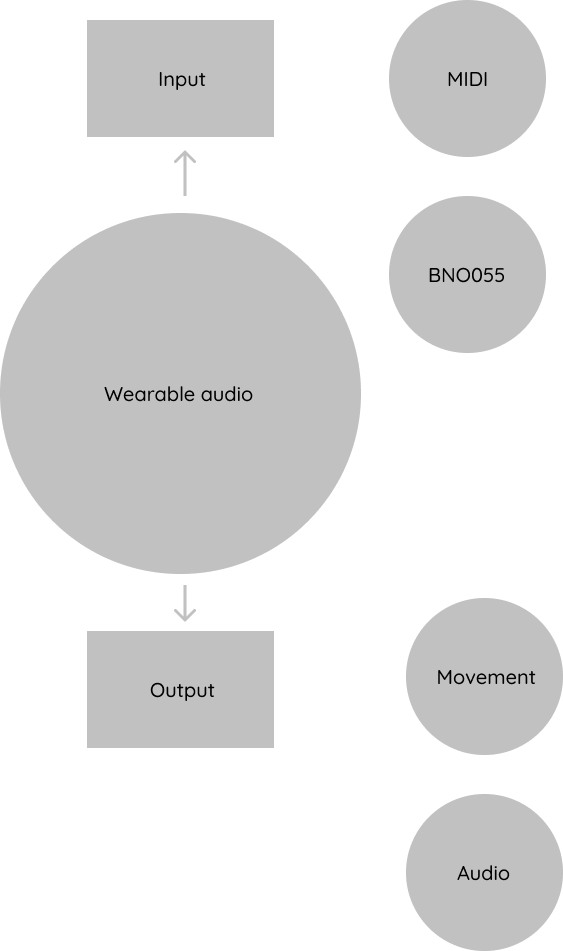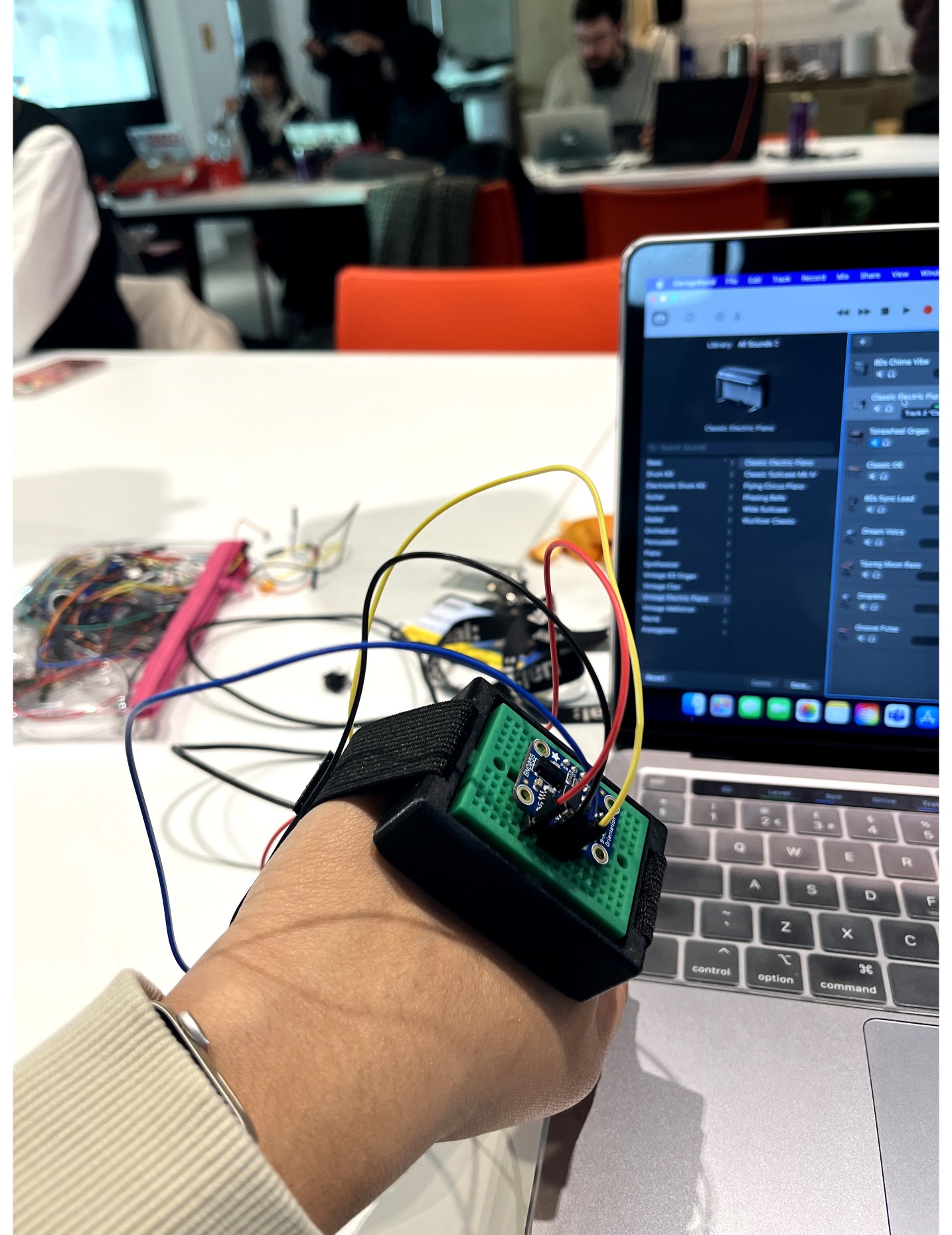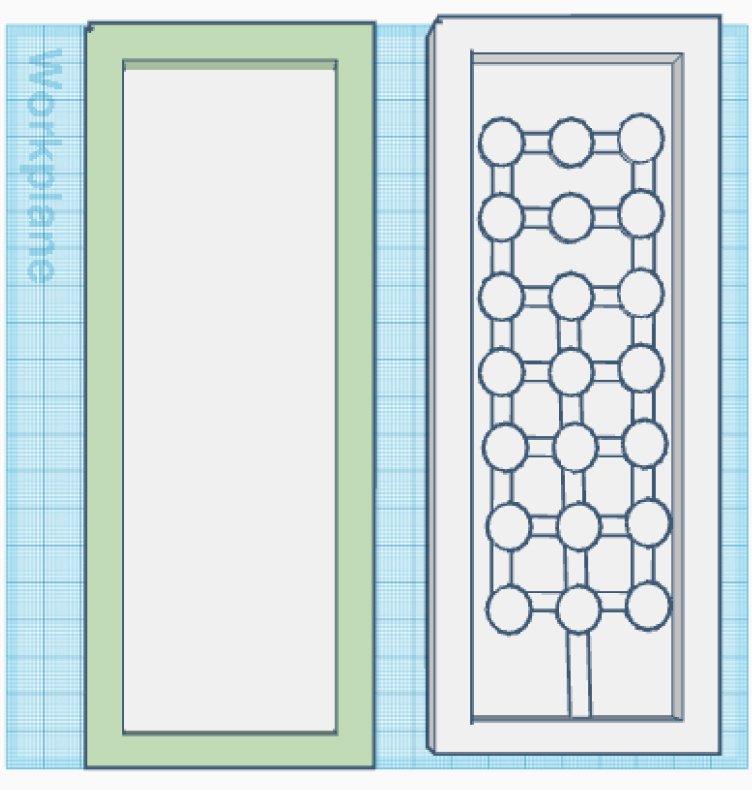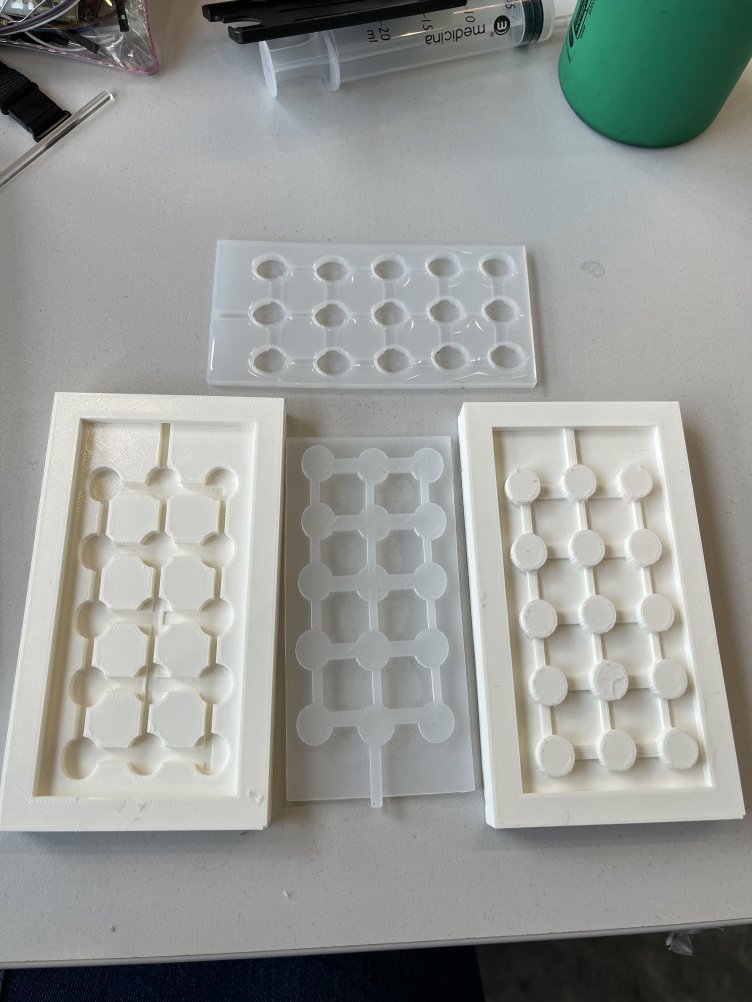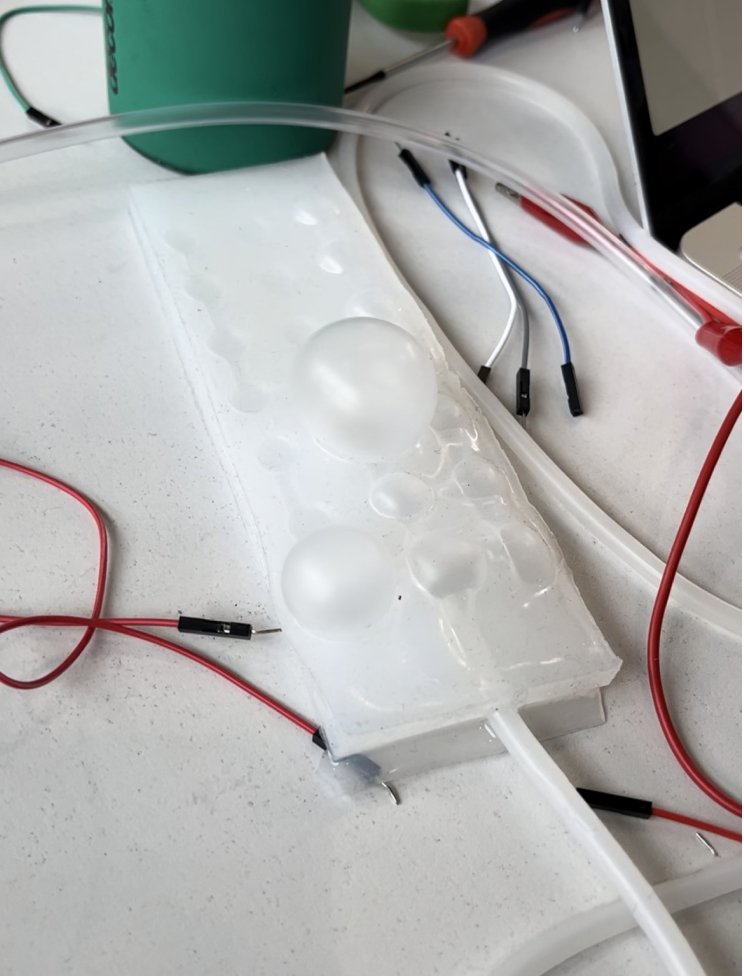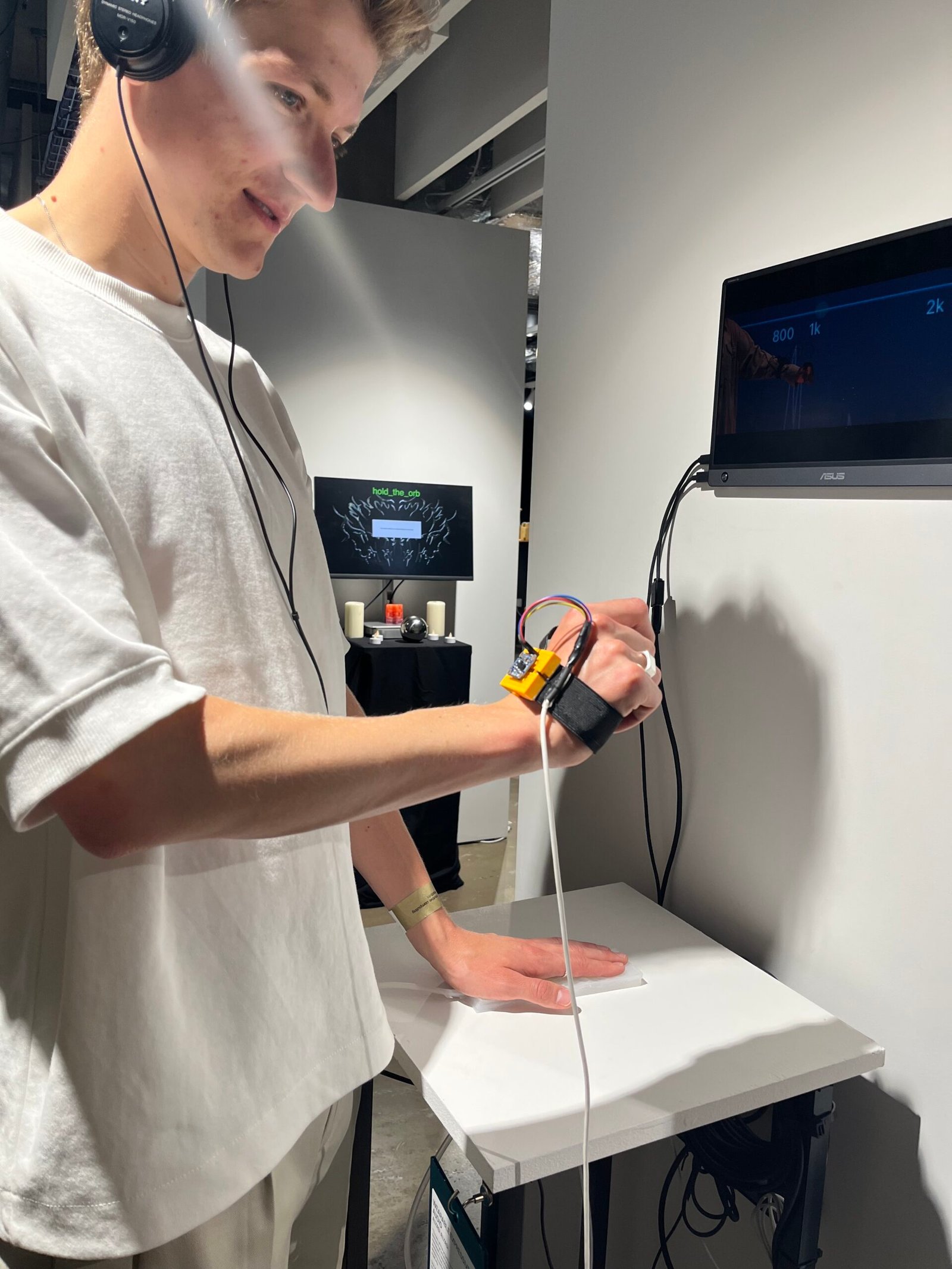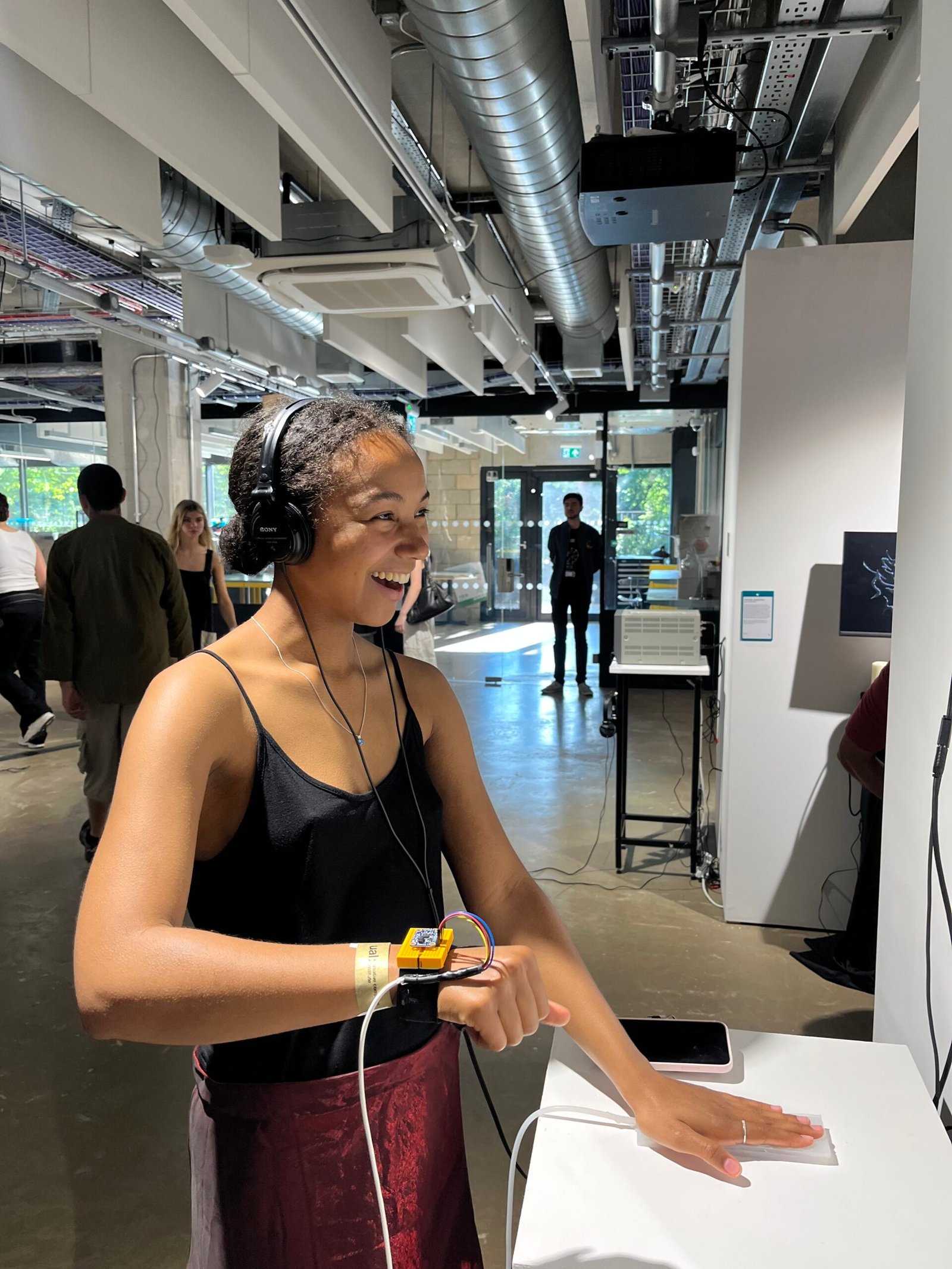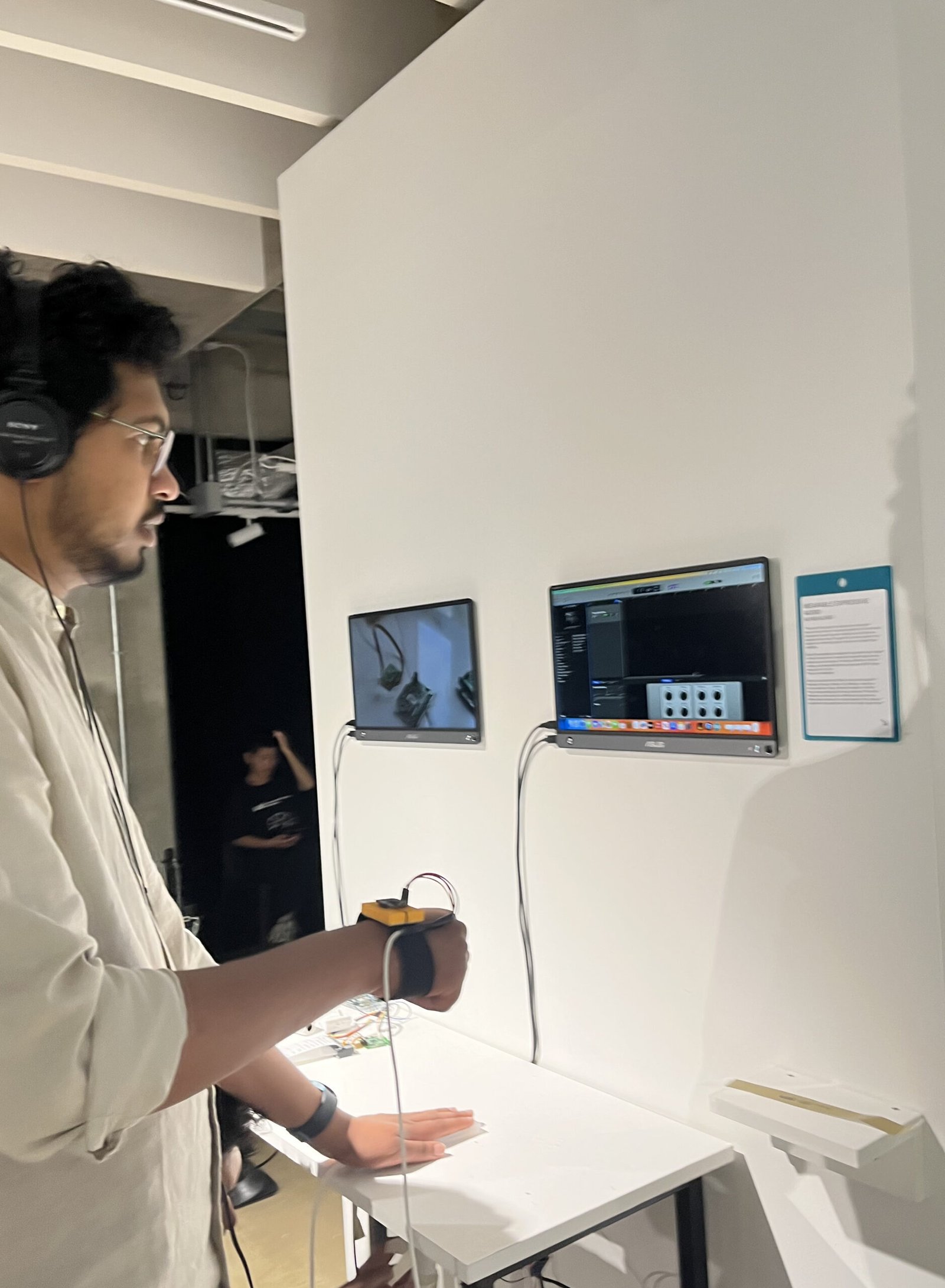Wearable Expressive Audio
Wearable to enhance musical accessibility for individuals interested in exploring and creating music without any rules.
Duration
3 month
Role
Solo
Wearable to enhance musical accessibility for individuals interested in exploring and creating music without any rules.
Duration
3 month
Role
Solo
